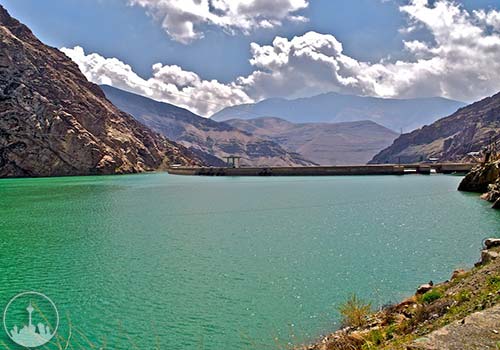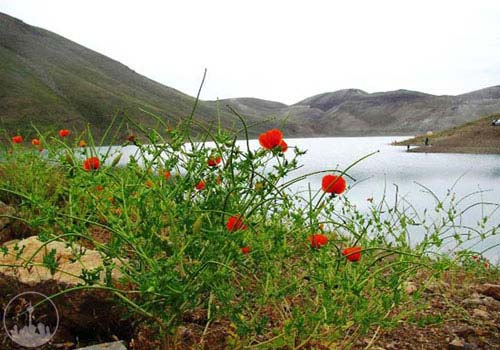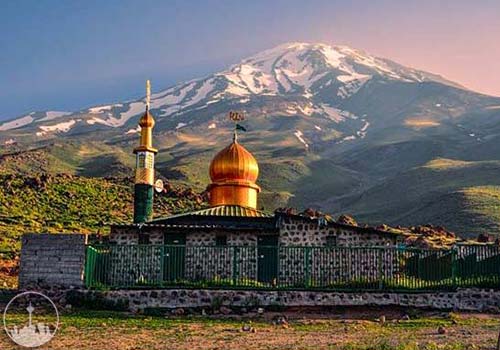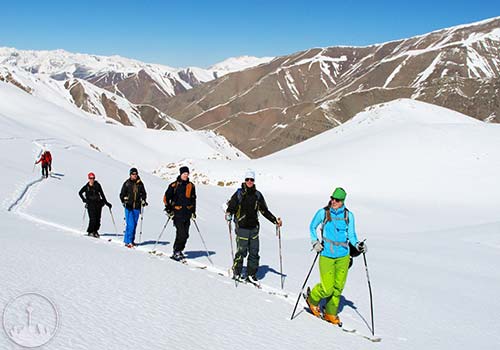Tehran was one of the villages of Ray city in the Safavid era. At the time of Mongol conquests and destruction of Ray, a large group of people migrated to Tehran village and brought about the development and flourishment of this place. In the Safavid period, Shah Tahmasb Safavid selected this city as capital and was responsible for casting special attention on this region. It was during his reign that 114 towers were constructed (in keeping with the 114 versus of the Qoran, holy book of the Muslims) and under each tower one verse from the Holy Book was inscribed.


The four famous gateways to Tehran namely, Shemiran, Qazvin, Doolab and Hazrat Abdol Azim were constructed during this period. Even in Qajar period in 1166 AH. during the reign of Mohammad Khan Qajar, Tehran was proclaimed the official capital of Iran and many monuments have been constructed then.


During the reign of Nasereddin Shah the plan of the city was designed by Mirza Yusof Mostowfi-ol-Mamalek. There after during the Pahlavi era, it was re-newed and farther developed and with the continuation of progress after the revolution, the city of Tehran at present is the capital and considered to be the largest city of Iran and also ranks as one of the largest cities of the world.